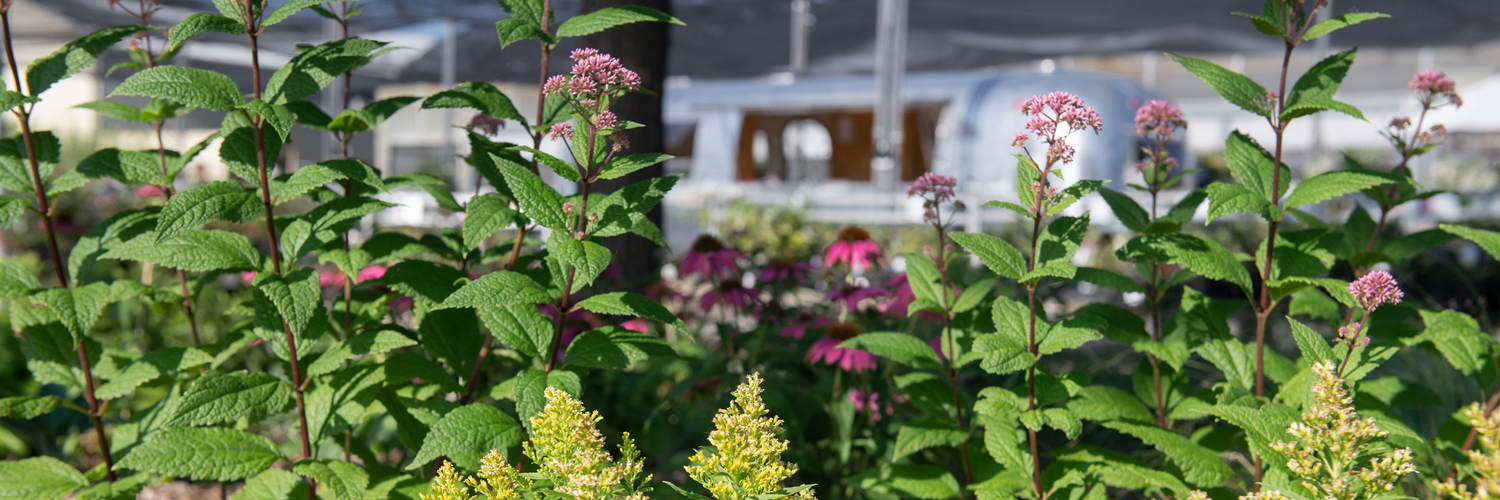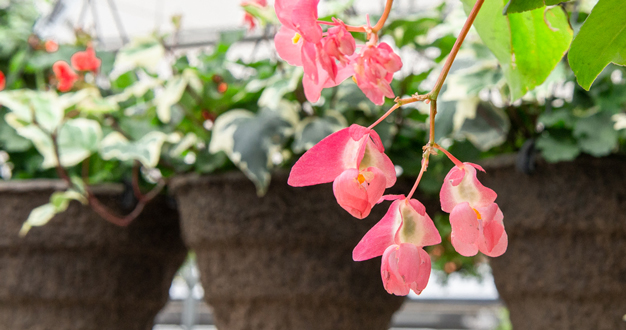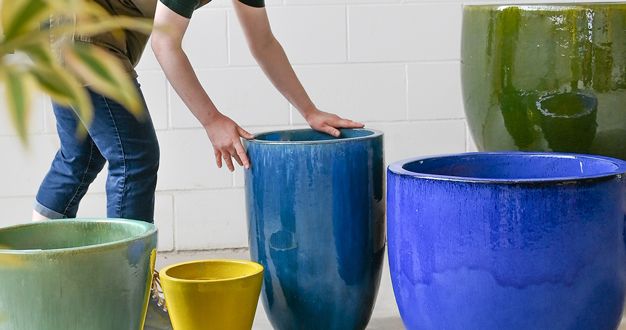
If you’re ready to take the next step in helping the planet, but you’re not sure where to start with your landscape, the great news is, you can help the earth and its natural plant and wildlife communities just by tweaking a few of the choices you make in your garden. Let’s look at a few surprisingly simple but hugely beneficial ways your garden and landscape can make a difference – not only for the earth, but for your own health and well-being too.
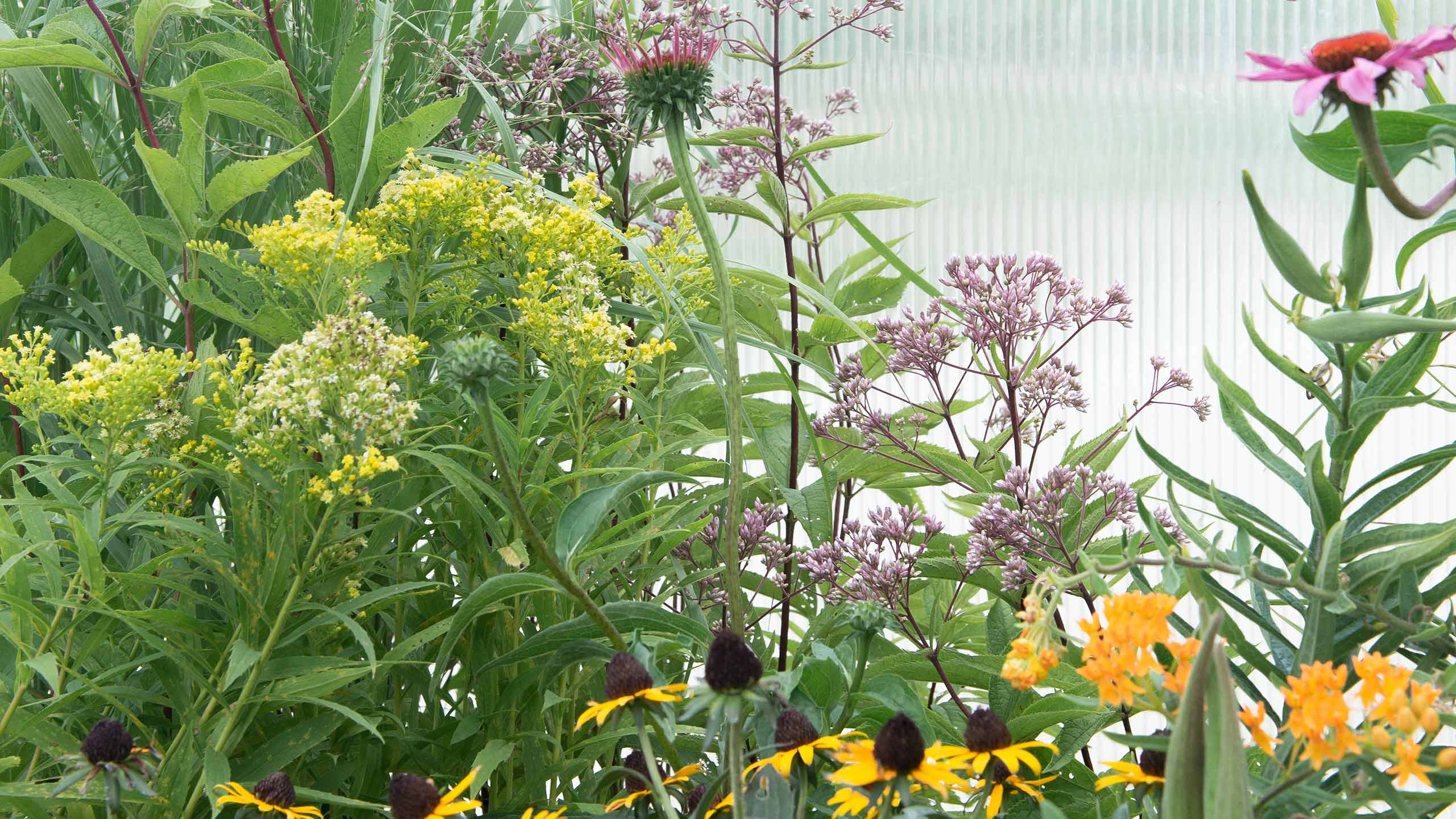
Choose Native Plants
One of the simplest and most effective ways to substantially benefit our environment – especially the local natural community – is to choose native plants for your landscape. Plants that have evolved in our local climate and ecosystems are well-equipped to support our natural community in a meaningful way and to thrive without a lot of added inputs like water, fertilizer, and pesticide.

Plant a Tree
Planting just one tree provides measurable benefits to your surroundings and the wider community. Trees – especially native ones – support the surrounding natural community in many ways. And they support us too. Our emotional, physical, and financial well-being are all improved in the presence of a tree.
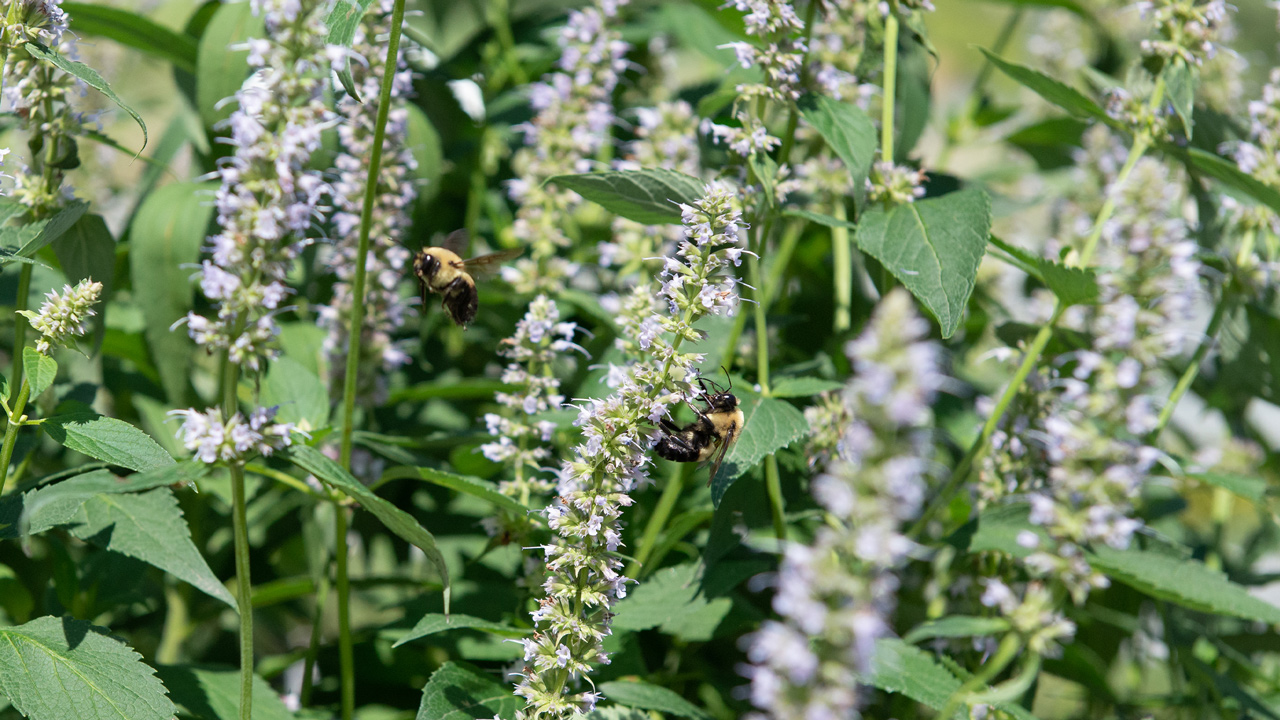
Start a Pollinator Garden
The insects and animals that pollinate many of our outdoor plants are a crucial part of a well-functioning ecosystem. But as you probably know, the variety and number of pollinators across the world has been in decline for some time now. You can help turn that trend around by creating a habitat for pollinators right in your own backyard. No space is too small – every effort helps.
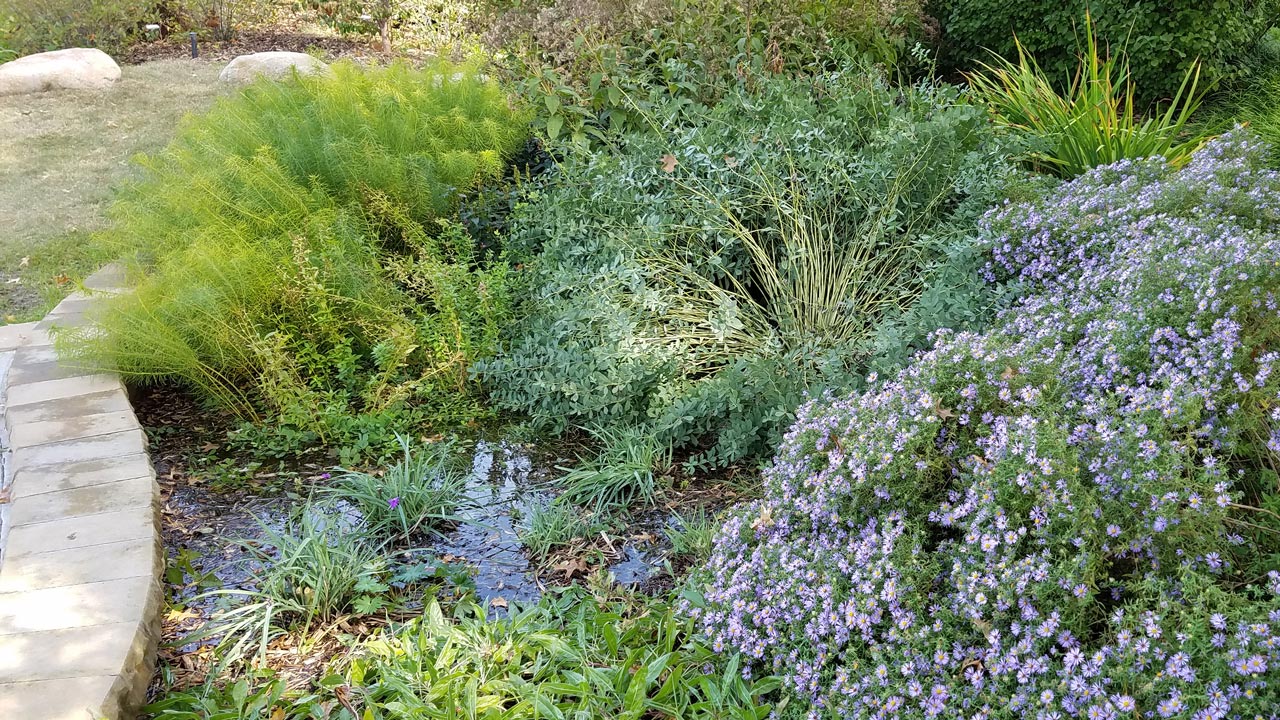
Start a Rain Garden
A rain garden is a landscape planting that’s specifically designed to slow down rainwater before it runs off into storm drains and local waterways. Keeping more water on-site has benefits for the community, natural ecosystems, your soil, and your plants too. If it sounds complicated, it’s really not. And because many plants that do well in rain gardens are also native, you get those added benefits too.
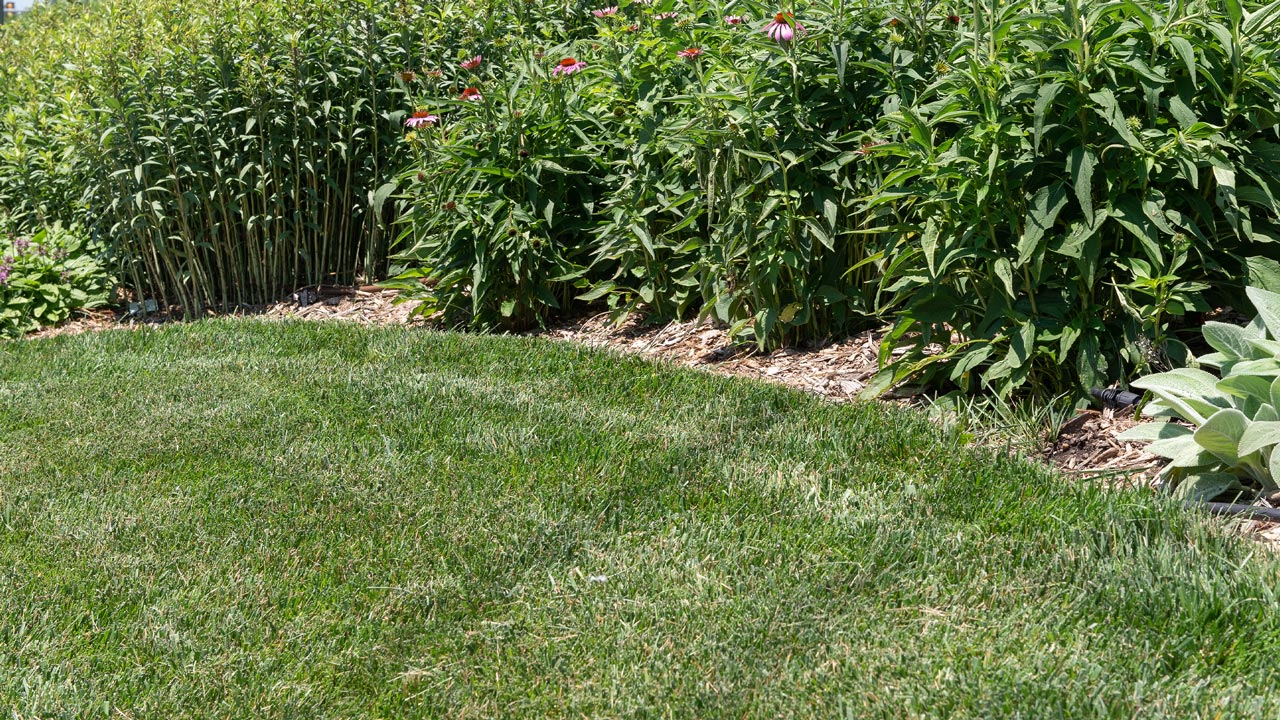
Adjust Your Watering Schedule
It might seem like your lawn would appreciate a quick drink every day in the summer. But grasses are really just like other plants – they develop deeper, more drought-resistant root systems when they receive their water less frequently and in larger amounts. Watering less frequently has other benefits for your grass too, so aim to water your lawn no more than three days a week – for a total of 1 – 1 ½ inches – as part of an earth-friendly approach to lawn care.

Grow Your Own Food – or Buy Local
It’s certainly convenient to shop from the grocery store when you need fresh tomatoes for a sandwich or a head of cabbage for your famous slaw. But it’s also easy to forget that store-bought vegetables most likely traveled a great distance to get there. From farm to packaging plant to the store and to your table – each step represents miles of transportation that uses a significant amount of natural resources. Growing your own garden or buying locally grown produce is a great way to shorten your food’s travel from across the country to just across your town – or even your yard. And growing your own food also allows you to choose earth-friendly gardening methods like companion planting too.

Compost Your Food Scraps
In a naturally functioning ecosystem, plant materials like leaves, stems, and fruits drop to the ground where their nutritive value returns to the soil to nourish the community of insects and microorganisms that live there. And a healthy soil community means healthy plants. In a garden, that means less need for added inputs like synthetic fertilizers and pesticides. Converting food scraps into rich, nutritious compost is a great way to restore that natural relationship between plants and the living soil community. Plus it helps reduce harmful gases that can result from food scraps being disposed of in a landfill setting.
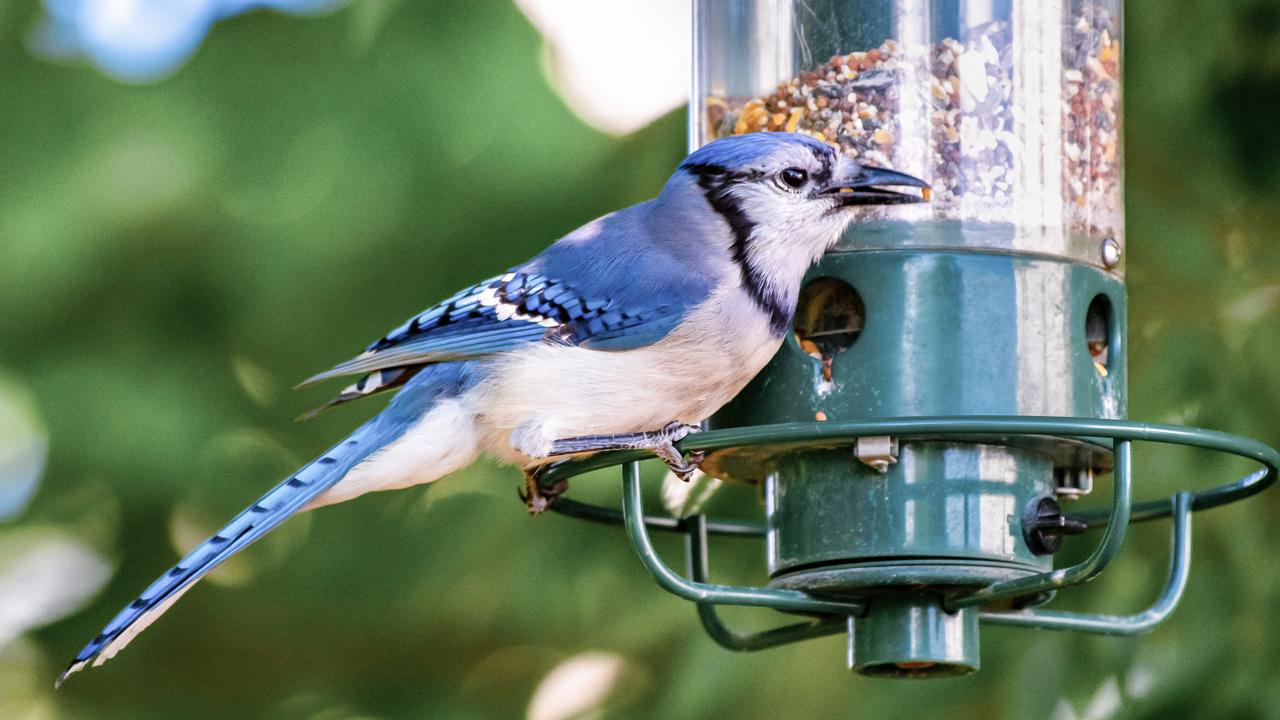
Add a Bird Bath + Feeder
How does supporting birds help the earth? All living things – including plants, insects, and wildlife – work together as part of a natural community. Creating a bird-friendly habitat in your landscape provides birds with the resources they need to thrive – resources that include food, fresh water, and shelter in all seasons of the year. In turn, these feathered community partners stick around to help control insect pests, spread seeds around, and in some cases, even pollinate plants.
Gardening with the Earth in Mind
A few changes in our normal garden routine are all it takes to do something good for the planet on this Earth Day. If you have questions, need plants, or maybe a few more suggestions, just give us a call or stop by. We’re always here to help.

